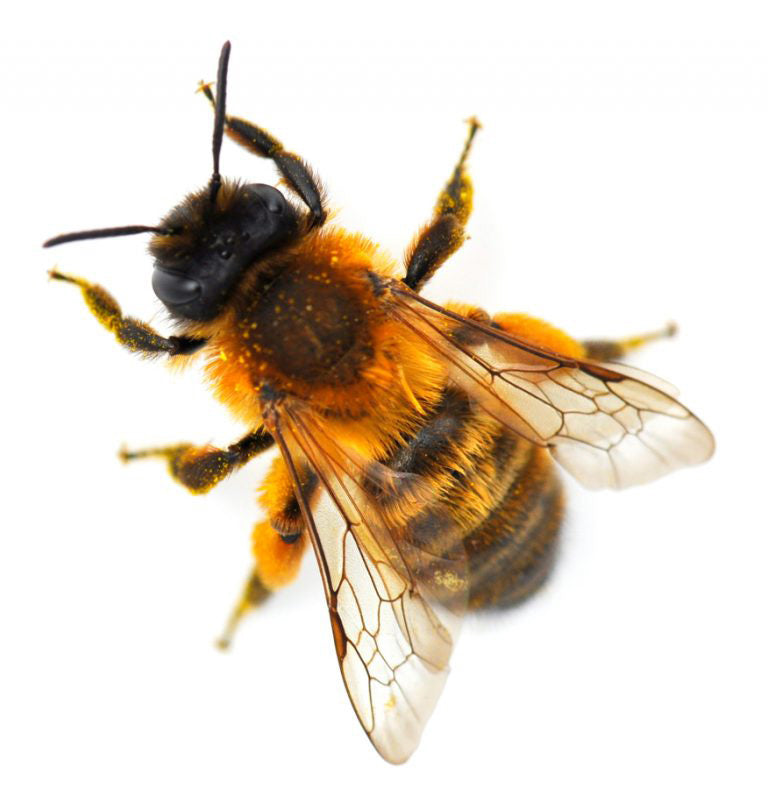If you were plagued by carpenter bees during the spring and summer, fall is the perfect time to fill their holes for a carpenter bee free spring.

Carpenter Bee Holes.
During the fall and winter nests, are not active. The female carpenter bees have finished their nesting duties and passed away in their tunnel.
Filling the holes accomplishes two tasks:
- It stops any larva laid in the nest from emerging in the spring.
- It stops carpenter bee young who are scouting for a new home at springtime from choosing your holes.
There are a variety of ways to successfully fill a hole, our favorite is the wooden dowel and caulk method. To do this, you plug the hole and make it flush with the existing exterior. This solution will prevent young carpenter bees from emerging from the nest in the spring.

To do this, you need the following:
- Cotton ball soaked in rubbing alcohol.
- ½” diameter wooden dowel
- Wood caulk
- Wooden Corks (optional)
- Exterior paint matching your existing exterior (optional)
Instructions:
- Stuff the cotton ball soaked in rubbing alcohol as far down the nest as possible.
- This will remove the air in the nest and suffocate the larva.
- Some people like to treat the holes with pesticide to make sure the larva are killed. This is completely up to your preference, as we have found using the rubbing alcohol to be effective.
- Cut your wooden dowel into ¾” pieces and push as many as possible into the nest. Cut the last dowel piece to be flush with the exterior.
- If you rather skip the wooden dowels, you can use our wooden corks designed to fit carpenter bee nests.
- If you use the wooden cork, move to step 3 (caulk) and push the wooden cork in place after.
- Squeeze caulk into the hole and wipe flush with the exterior.
- Wait for the caulk to dry and paint the now patched hole to match your home.
Be sure to find all your carpenter bee nests. You’ll need to look for ½” holes around the eaves and corners of your home. Deck and porch railings are also ideal places for the bees to nest. The holes could have brown stains around them, or wood shavings dropped from the holes.
PRO TIP: Once your nests are plugged up and secure, remember those locations for the spring. They are clearly great spots for carpenter bee nests, so you’ll want to prevent new nests. Placing the traps up at the beginning of spring will stop carpenter bees from nesting in your home!










11 comments
Customer Support
@William – Yes, your traps from last year should work great. But we recommend storing them in the winter so they don’t weather as fast. ~Best Bee Brothers
Customer Support
@Francis – Did the roof warp right away? Or was it not put away during the winter? We recommend the traps are stored and put away after fall to prevent weathering. Regardless, thank you for the feedback and we will pass to the team. ~Best Bee Brothers
M West
Wonderful website and products. I love the carpenter bee trap.
Elaine
Bee traps are great! Thanks for info on filling holes. Your mosquito bracelets don’t work. Very disappointed!
Francis J. Uhrin
Hi, I purchased one of your traps from the local Agway. I was humored by it but the Agway employees said they work and they. However, and I don’t want a new trap, I will purchase more, the roof warped upward and you might want to change to another roof
Frank Uhrinwood. Thanks
wood
Leave a comment
All comments are moderated before being published.
This site is protected by hCaptcha and the hCaptcha Privacy Policy and Terms of Service apply.